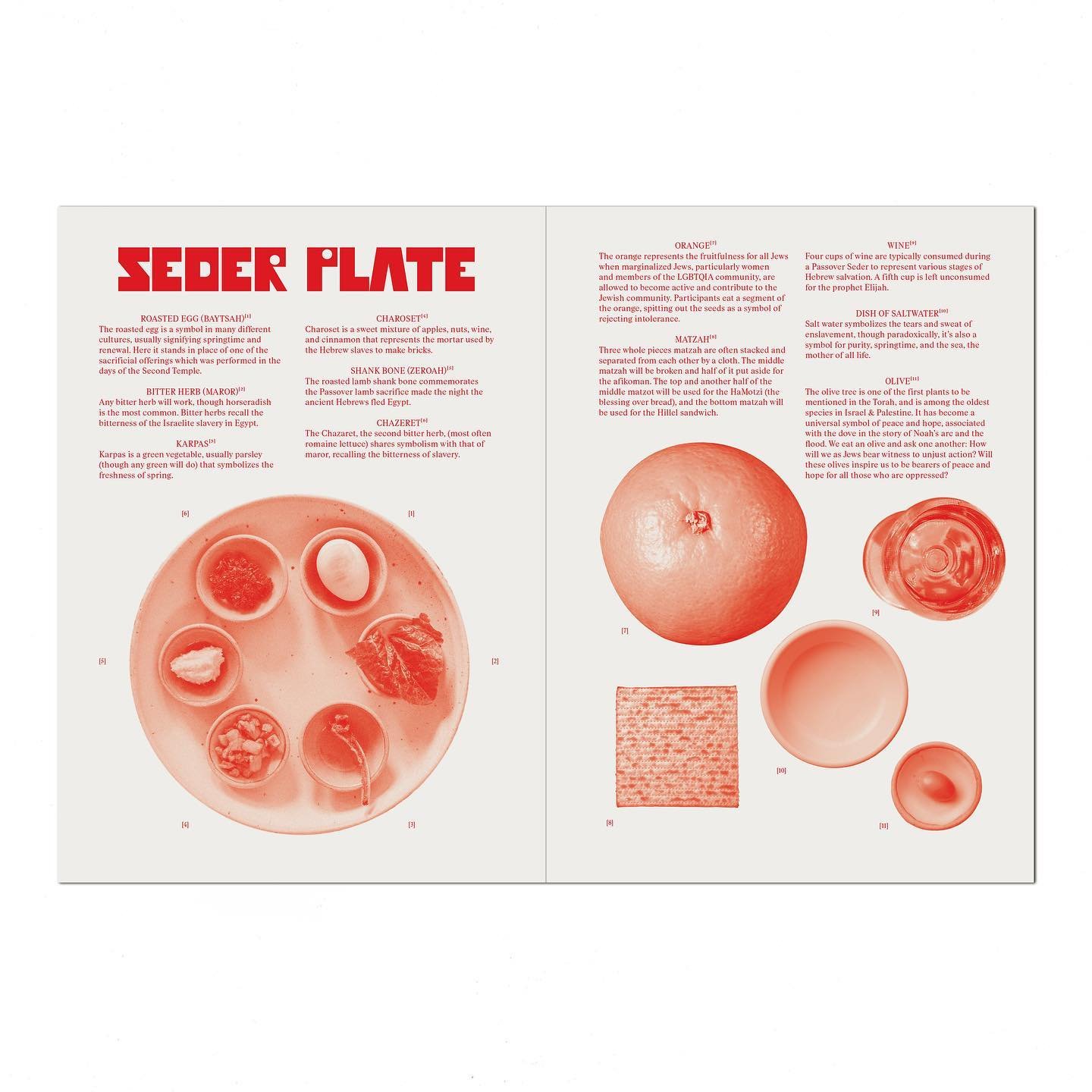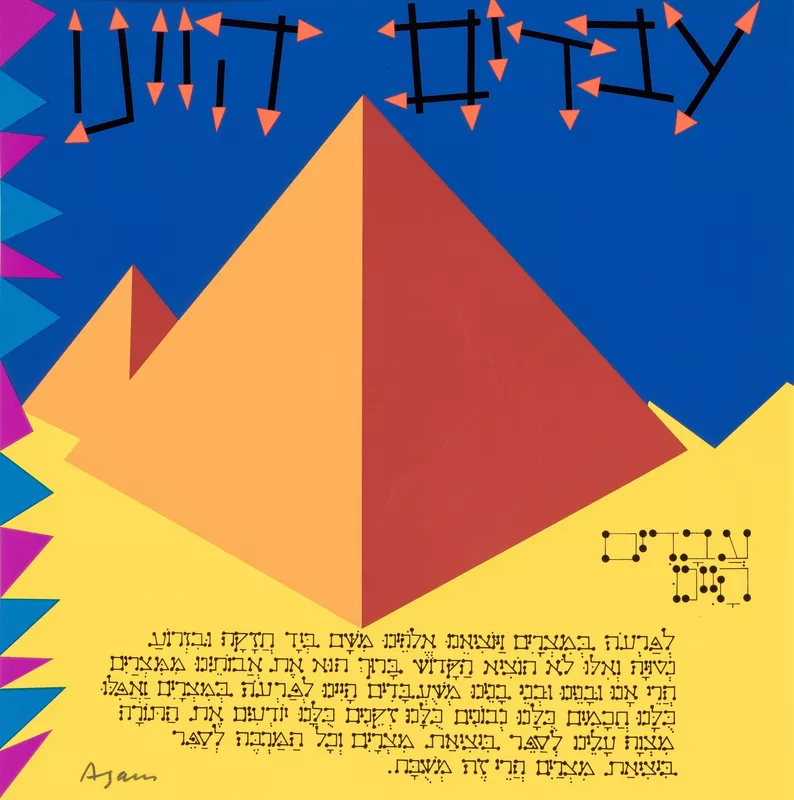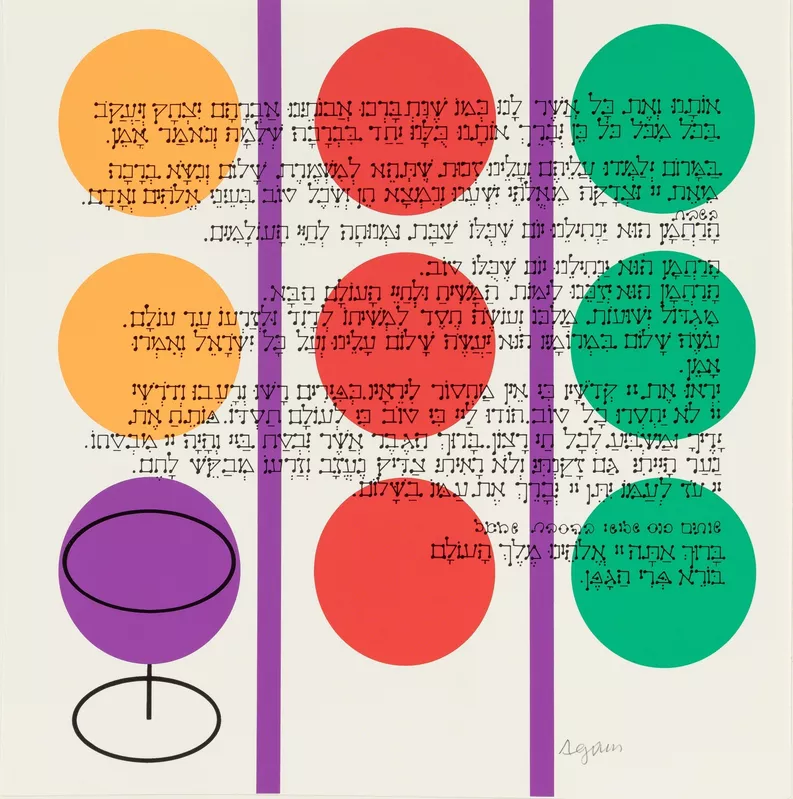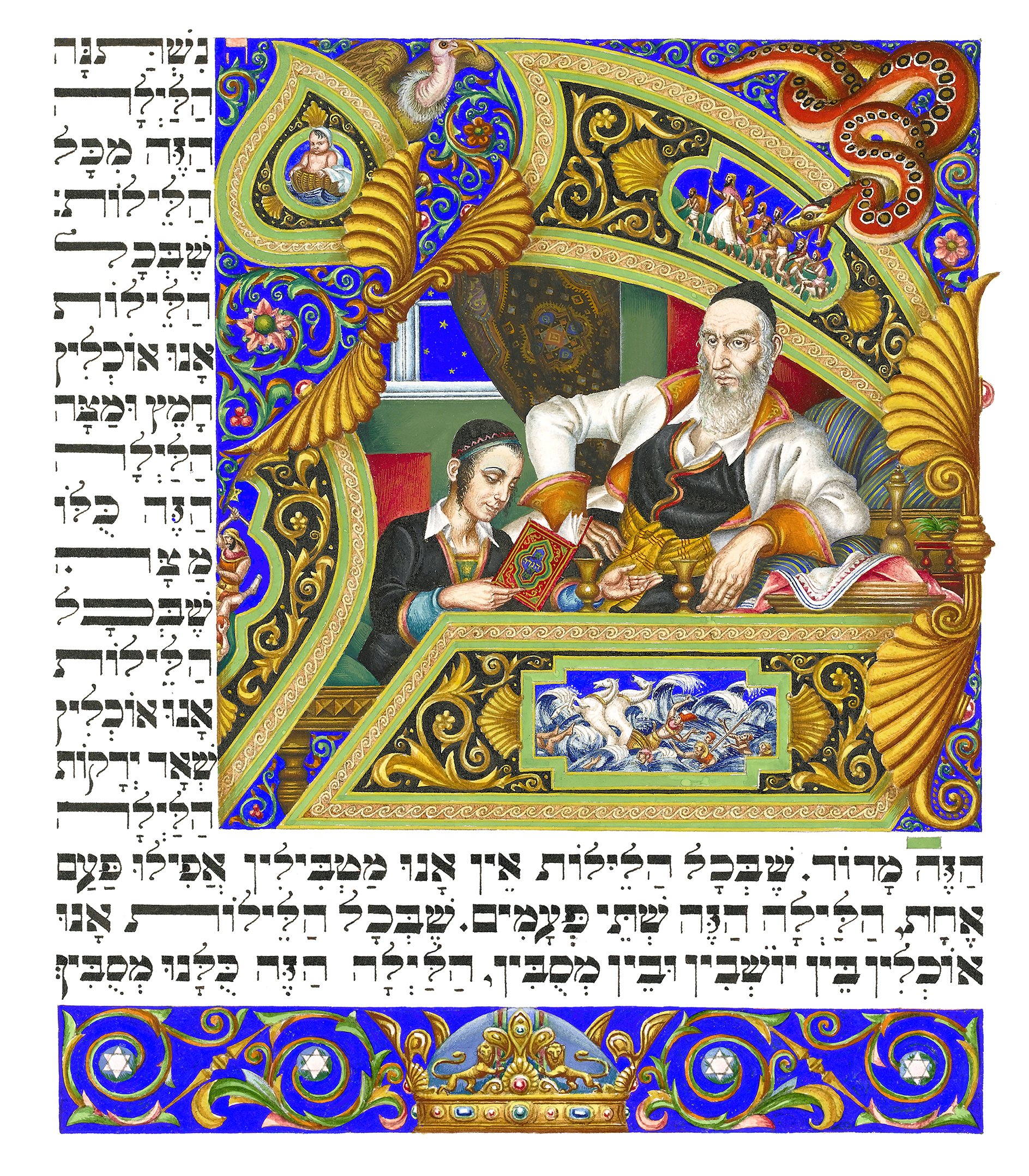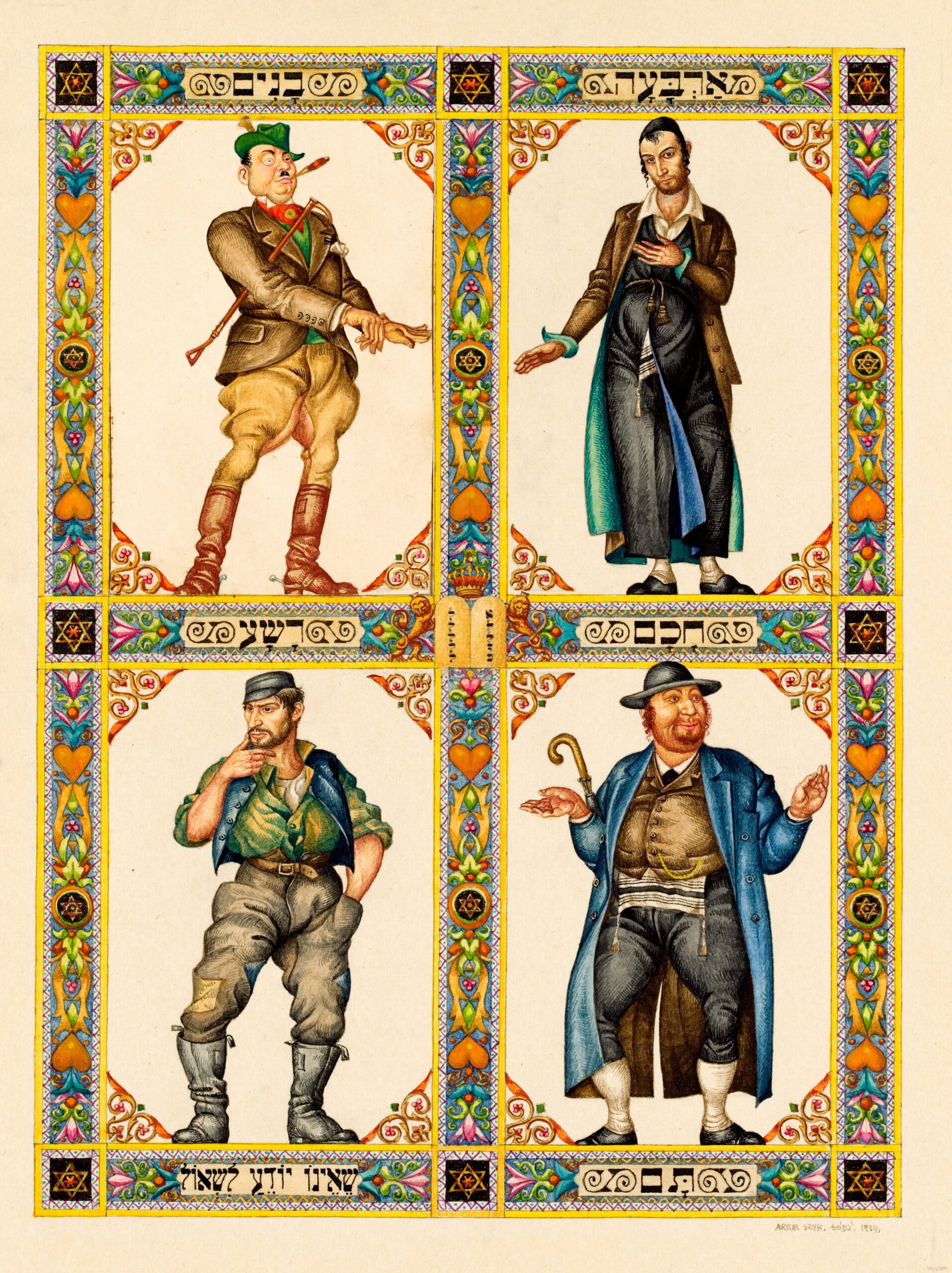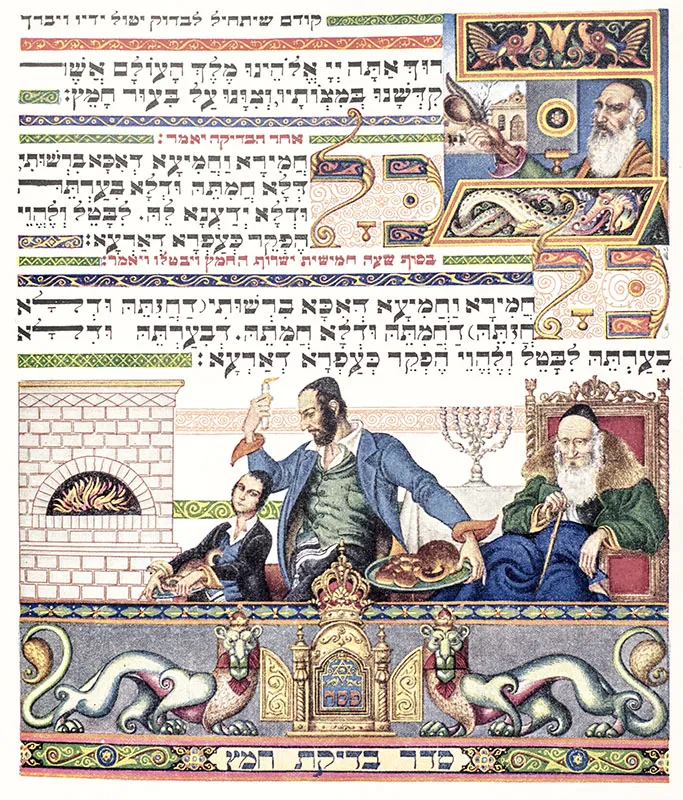The Best Designed Haggadot
A design student’s rant on his favorite haggadot that nobody asked for. From mid-century kibbutzniks to contemporary Jewish artists, I’ve scoured the web and the Judaica section of dirty bookstores to bring you the most beautiful haggadot out there. Get yourself a haggadah so good it can distract you from the 2 hour wait before food. Scroll for unsolicited, yet correct, advice.
The Freedom Seder Haggadah
The Freedom Seder Haggadah by Arthur Waskow (1969) is a seminal work of Jewish activism and social justice that sought to connect the Passover story with the struggle for civil rights in the United States. Arthur Waskow's Haggadah used the traditional structure of the Haggadah to explore themes of liberation and freedom in a contemporary context, incorporating readings and rituals that reflected the concerns of the Civil Rights Movement. The design work of the Freedom Seder Haggadah is notable for its use of styles synonymous with black liberation art and typography of the time. The visual work also references stylistic similarities between afro-futurist art and yiddish woodcut illustrators.
The Ben Shahn Haggadah
Ben Shahn's Haggadah (1965) is an iconic, and hard to come by, graphic interpretation of the Pesach story that draws on his infamous and distinct style as a social realist painter. Shahn's illustrations are characterized by their stark and bold lines, capturing the drama and emotion of the Exodus story. His Haggadah is notable for its use of text as a design element, interweaving the Hebrew and English scripts and in turn, creating a textual-visual rhythm throughout the book. Highly recommend for those who are looking to impress the Jewish Museum bubbie.
Haggadah Revisited Vol. 2
This Haggadah wins in the contemporary graphic design game. Haggadah Revisited Vol. 2 (2023) from Judaica Standard Time is a new take on the traditional Passover Haggadah, specifically designed to appeal to modern seders with ‘short attention spans, hungry guests, and lively children.’ This second volume builds on the success of the first, expanding the text and incorporating even more iconic Passover traditions, such as the Four Questions and the search for the Afikomen. The text has been revised by Ruby Zuckerman, with James Anderson's new design work bringing a retro judeo-futuristic visual element to the Haggadah. Printed on high-quality French Paper stock using a Risograph printer, this Haggadah is not only an enjoyable reading experience but is also enjoyable holding experience. Buy it here.
The Yaakov Agam Haggadah
Yaakov Agam's Haggadah (1974) is a groundbreaking work that uses his signature style of kinetic art to create a dynamic and interactive reading experience. Each page of the Haggadah is designed to be viewed from multiple angles, with hidden images and optical illusions that reveal themselves as the reader moves the book. Agam's Haggadah is a testament to the power of the designer to transform traditional texts into living, breathing works of wonder.
Eliyahu Sidi’s Haggadah
This is the Haggadah for the young or the young at heart. Eliyahu Sidi’s Haggadah (1998) is a whimsical and inventive work of art that draws on Jewish folklore and mythology, and bold colors to create a unique reading experience. Sidi's illustrations feature fantastical creatures and surreal landscapes, imbuing the Pesach story with a sense of wonder and magic. His Haggadah is notable for its use of color and texture to create a rich and layered visual experience, a nostalgic mood that brings out your inner child within the colors, magic, and spirit of the Pesach story.
Mid-century Kibbutz and Non-Traditional Haggadahs
Many of these haggadot were created by artists and designers associated with the kibbutz movement, who sought to combine traditional Jewish motifs with modernist aesthetics. These haggadot often feature bold typography, abstract illustrations, and unconventional layouts, making them a prime example of mid-century graphic design. Non-traditional haggadot from this period also experimented with new forms and styles, often incorporating social, political, and artistic themes into the Passover story. Find your own copy with a simple eBay search.
Had Gadya of El Lissitzky
Photos courtesy of Christie’s
El Lissitzky's Chad Gadya is a modernist interpretation of the Passover song that draws on his background as a pioneering figure in the Russian avant-garde. His ten splendid lithographs of the seder song tell the story of a series of assailants who consume each other until the final one, the Angel of Death, is destroyed by God. Jewish Lissitzky scholars tend to see in this story a parable of the Russian revolution. The series features abstract illustrations and bold typography, with each page designed as a standalone work of art. Lissitzky's use of color and shape creates a sense of movement and dynamism throughout the book, making it a visually stunning work of art as well as a powerful religious text.
Arthur Szyk’s Haggadah
Arthur Szyk's Haggadah (1940) is a masterful work of art that features intricate illustrations and illuminations, drawing on the tradition of medieval illuminated manuscripts. Szyk's detailed renderings of the Exodus story and its accompanying rituals are characterized by an attention to detail and a focus on the human experience of the story. His Haggadah has become a classic of Jewish art, praised for its beauty and its ability to convey the richness and complexity of the Pesach narrative.
Tamar Messer’s Haggadah
Tamar Messer's Haggadah is a contemporary interpretation of the Pesach story that combines traditional Jewish iconography with modern design sensibilities. Messer's illustrations feature bright colors and clean lines, with a focus on geometric patterns and minimalist shapes. Buy it here.
The Maxwell House Haggadah
Cute. Kitschy. Classic. When in doubt, Maxwell House. Their Haggadah is an iconic work of Jewish Americana that became a staple of many Passover seders in the mid-twentieth century. The Haggadah features traditional illustrations and text, but its most distinctive feature is the inclusion of advertising for the Kosher for Pesach Maxwell House coffee on the back cover. In a weird way, the ad’s themselves have become the nostalgic touchstone I look forward to seeing every year at the seder. Extra points for the vintage renditions and the Marvelous Mrs Maisel Maxwell House collab Haggadah.







